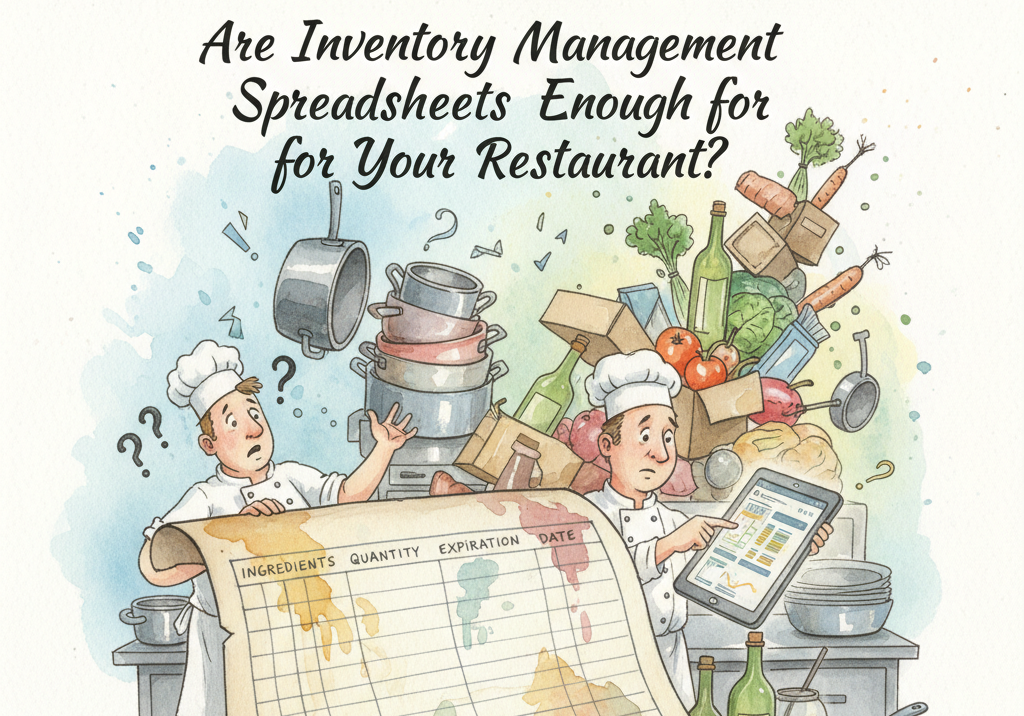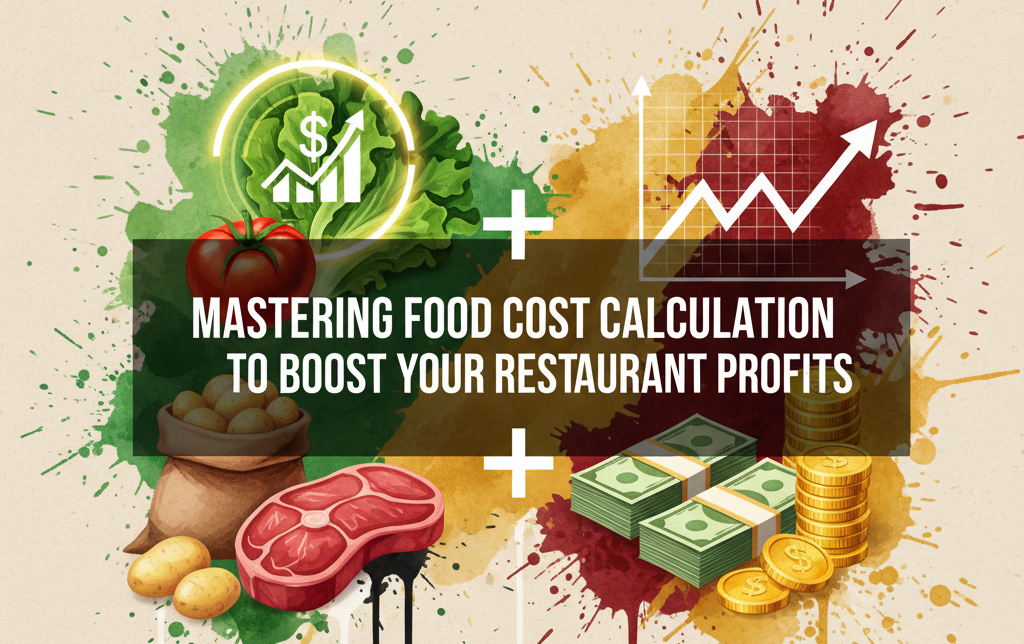Running a restaurant can get overwhelming, especially when it comes to inventory management. You don’t want to run out of ingredients during busy hours, nor do you want to overstock and waste food. This is where PAR-level inventory comes into play.
In this blog, I’ll explain everything you need to know about PAR-level inventory, including how it works, why it’s important, and how it differs from other inventory systems like periodic and perpetual inventory. Let’s get started!
What is the PAR Level Inventory?
PAR level stands for “Periodic Automatic Replacement.” It refers to the minimum amount of stock you should have on hand to meet customer demand without overstocking. Simply put, it’s the ideal quantity of an item that ensures you never run out during normal business operations.
For example, if you use 50 pounds of chicken each week in your restaurant, your PAR level for chicken could be set at 50 pounds. Once your stock reaches that level, it’s time to reorder.
Why is the PAR Level Important?
PAR-level inventory helps you run your restaurant smoothly. It ensures you have the right amount of stock at all times. Here’s why it’s so important:
- Avoid Running Out of Stock: Imagine running out of a key ingredient during a busy dinner service. That’s not only stressful but also bad for business. PAR levels prevent this by ensuring you always have enough stock.
- Reduce Waste: Overstocking can lead to spoilage, especially with perishable items like vegetables and dairy. With the right PAR levels, you order only what you need, reducing food waste and saving money.
- Improve Cash Flow: Maintaining the right amount of inventory means you’re not tying up money in excess stock. This improves your cash flow and allows you to invest in other areas of your business.
- Efficient Ordering: Having clear PAR levels makes ordering easier and faster. You don’t have to guess how much to order; you’ll know exactly when and how much to restock.
What is the Difference Between Non-PAR and PAR Inventory?
PAR inventory refers to items that have a set minimum stock level. These are usually high-usage items that you need to reorder regularly. Think of everyday essentials like flour, oil, or fresh produce.
Non-PAR inventory, on the other hand, consists of items you don’t need to reorder regularly. These could be seasonal ingredients or items that don’t have high demand. For example, specialty spices or sauces used only in limited dishes may fall into this category.
By understanding the difference, you can manage your inventory more effectively. Focus on maintaining PAR levels for key items, while non-PAR items can be ordered on a case-by-case basis.
How to Calculate PAR Level?
To set the right PAR levels, you’ll need to look at your restaurant’s usage history. Here’s a simple way to calculate it:
- Review Past Sales: Check how much of each item you’ve used in previous weeks or months by analyzing the past sales. For example, how many pounds of cheese did you use last month?
- Factor in Delivery Time: Consider how long it takes to get new stock from your suppliers. If your supplier takes two days to deliver, you’ll want to have enough stock to last those two days.
- Seasonal Fluctuations: Be aware of any seasonal changes. If you know that ice cream sales spike in the summer, adjust your PAR levels accordingly.
Let’s say your restaurant uses 20 pounds of chicken per day, and your supplier delivers every three days. You’d want a PAR level of at least 60 pounds (20 pounds per day x 3 days) to ensure you never run out.
Periodic and Perpetual Inventory System: What’s the Difference?
To manage your PAR inventory, it’s important to understand the two main types of inventory systems: periodic and perpetual.
- Periodic Inventory System: In a periodic inventory system, you only check your stock levels at regular intervals, such as weekly or monthly. This system is simpler but can lead to stock shortages if you don’t track usage closely.
- Perpetual Inventory System: In a perpetual inventory system, you track stock in real time. Every time an item is used or sold, your inventory levels are automatically updated. This system is more accurate and helps you stay on top of your PAR levels more easily.
While the periodic system is easier to implement, many restaurant owners are switching to the perpetual inventory system for more precise control. Recent studies show that businesses using perpetual inventory systems reduce stock shortages by up to 25%w to Use PAR Levels with a Periodic and Perpetual Inventory System
No matter which system you use, PAR levels can be integrated seamlessly. Here’s how it works:
- Periodic Inventory: With a periodic system, you would count your stock weekly (or at your preferred interval) and reorder based on your PAR levels. For example, if your PAR level for flour is 100 pounds and you only have 50 pounds left, you’d reorder 50 pounds to bring your stock back up to 100.
- Perpetual Inventory: In a perpetual system, your POS system can track inventory in real time. If your stock falls below the PAR level, it can automatically trigger a reorder. This way, you don’t have to manually check stock levels.
Tools to Manage PAR Levels Effectively
Gone are the days of managing inventory manually. Today, there are tools available that make it easier to track stock and maintain PAR levels.
- POS Systems: Modern Point of Sale (POS) systems come with built-in inventory management features. They can track stock in real time and alert you when it’s time to reorder.
- Inventory Management Software: Dedicated inventory management tools allow you to set PAR levels for each item. They can also generate reports on stock usage, helping you fine-tune your ordering process.
Using these tools can help you maintain accurate PAR levels and streamline your ordering process. Restaurants that use inventory management software reduce food waste by up to 30%.
PAR-level inventory is a powerful tool to help you manage stock efficiently, reduce waste, and save money. By setting the right PAR levels, you can ensure your restaurant runs smoothly, with just the right amount of inventory on hand.
Whether you’re using a periodic or perpetual inventory system, incorporating PAR levels will simplify your ordering process and improve your restaurant’s overall performance. By using the right tools and regularly reviewing your PAR levels, you can focus on what matters—serving great food to happy customers.
If you haven’t started using PAR levels in your inventory management yet, now is the time. Implement it, and you’ll see how it can transform the way you run your restaurant!




